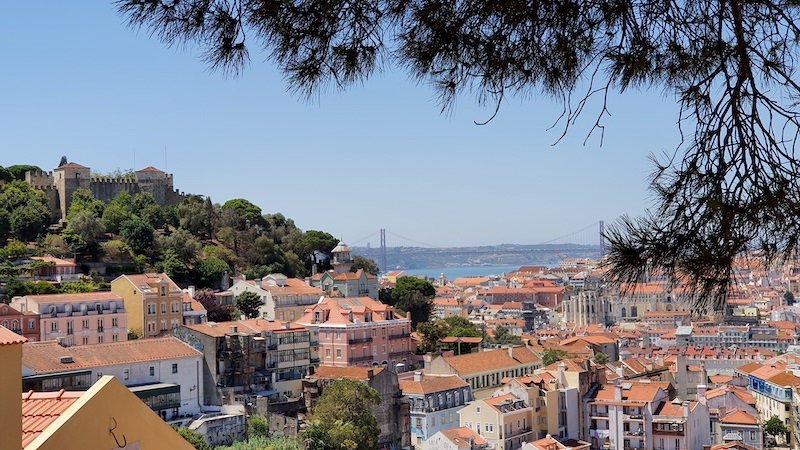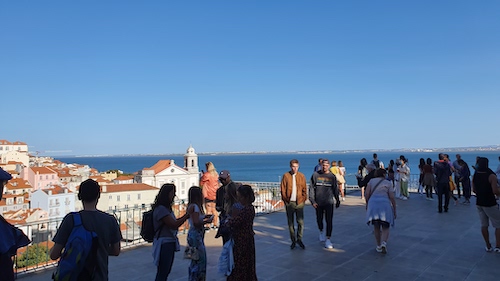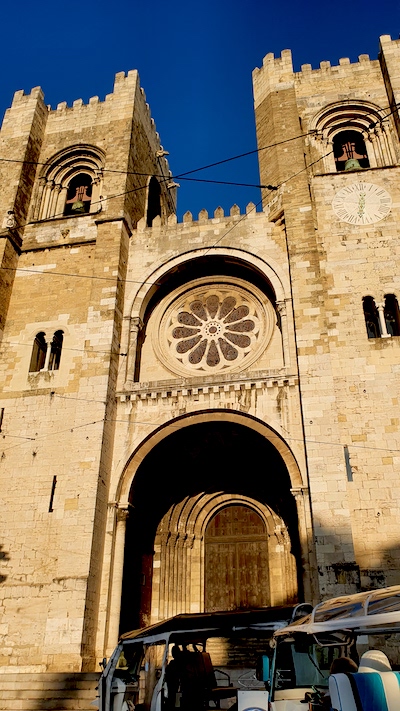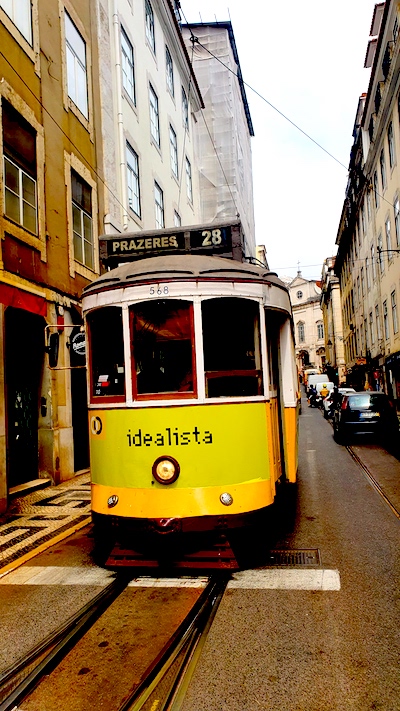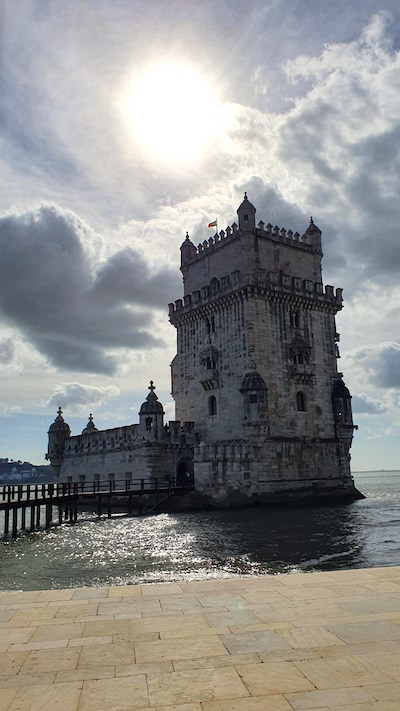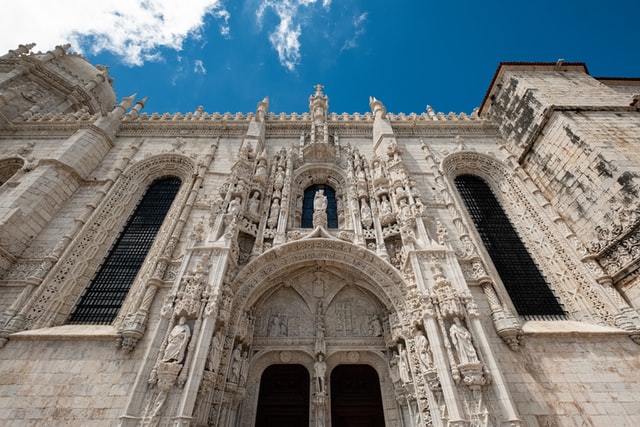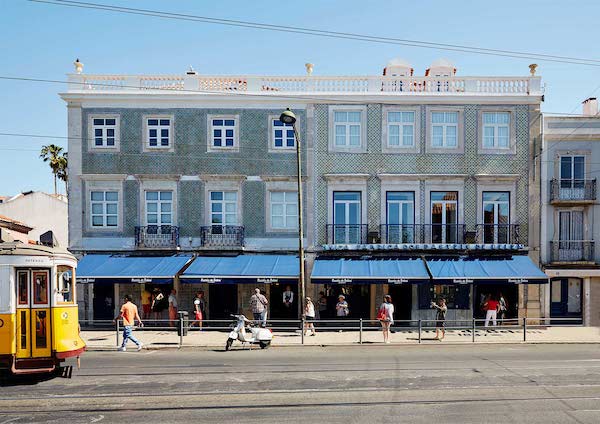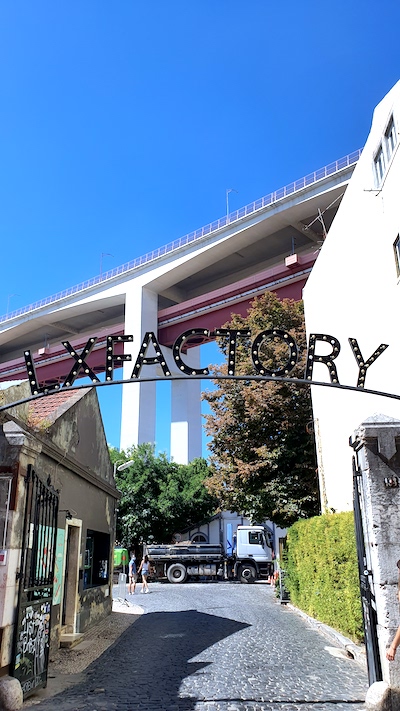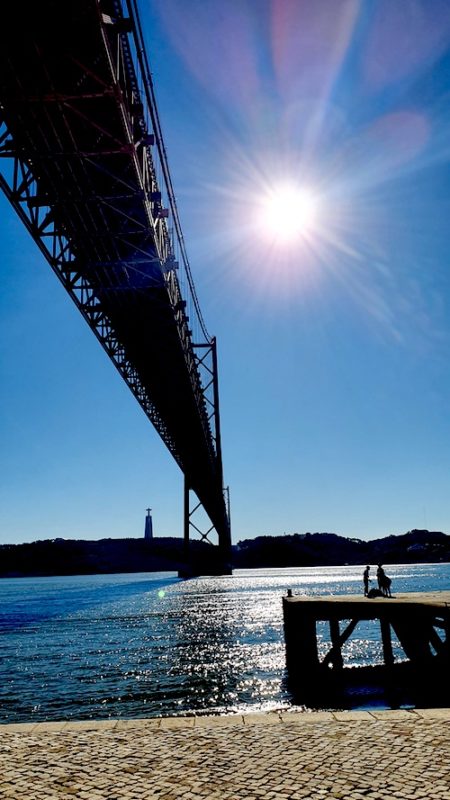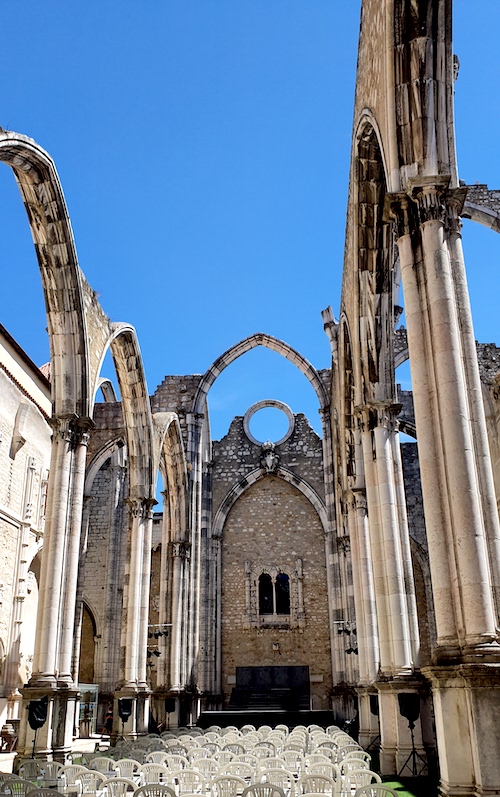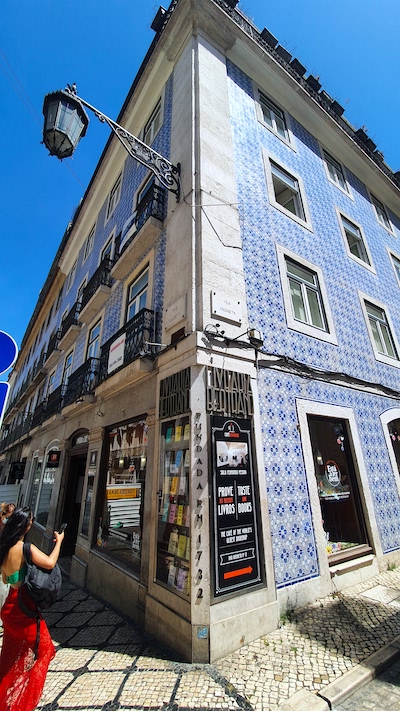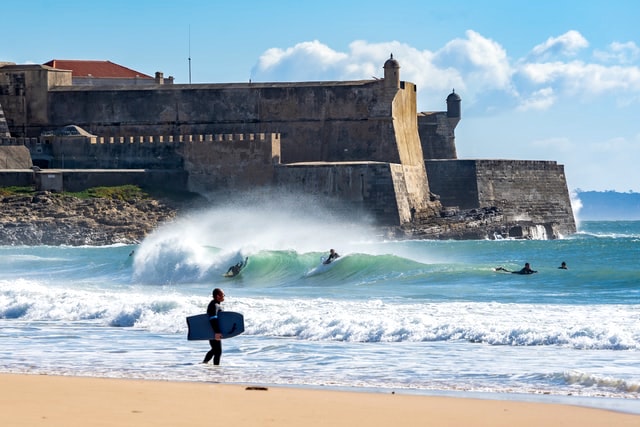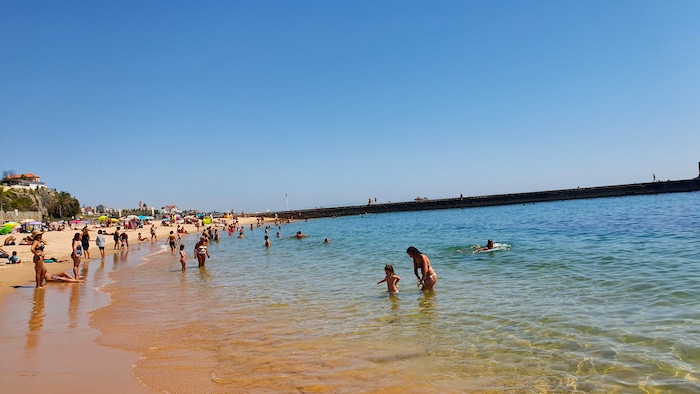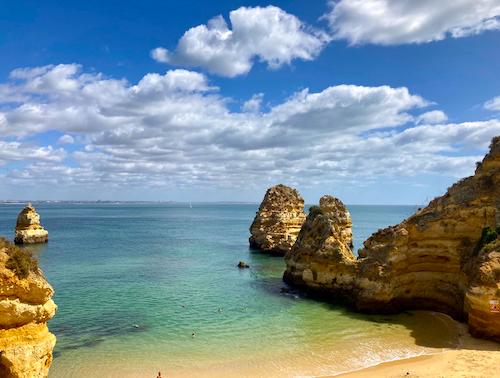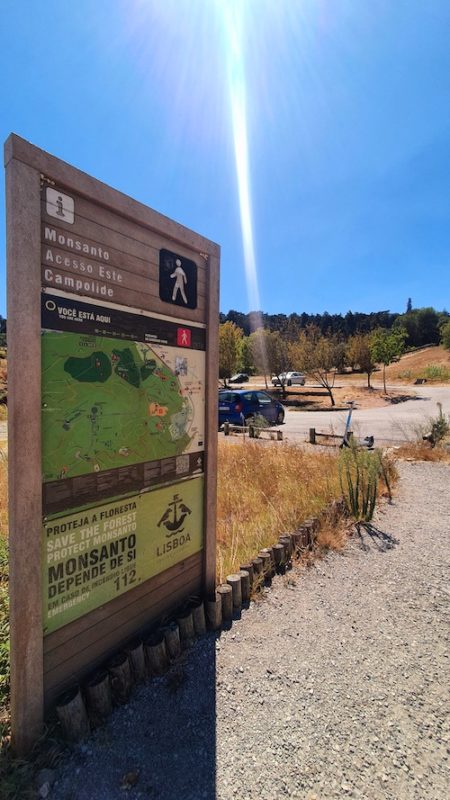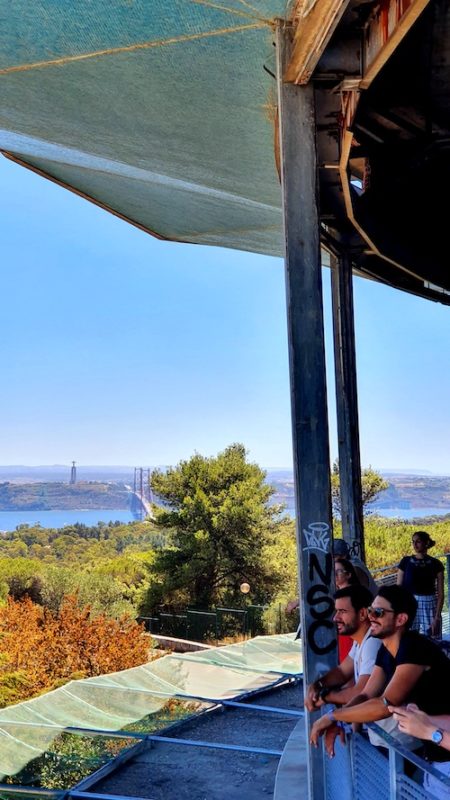While Lisbon in Portugal is undoubtedly one of the world’s top remote work destinations for digital nomads there’s a lot more to this very special city once you dig beneath the surface.
Lisbon is actually one of the oldest European capitals and believe it or not, 400 years older than Rome!
Lisbon is a charming, beautiful, laid-back and cultural capital city brimming with things to see and do once your laptop is shut down.
Grab your shades, a bottle of water and a pair of comfy shoes and let’s go discover the city of Lisbon!
[wpgmza id=”1″]
Are you wondering about what you should see and do in Lisbon?
We have put together a list of some of the best things to see and do in and around Lisbon.
A few of the most popular attractions in Lisbon include the historical district of Alfama, LX Factory, Belem Tower, Jeronimos Monastery and the historic and mystical town of Sintra about 45 minutes away from Lisbon centre by train
Would 3 days would be enough time to see the top sights in Lisbon?
You might be wondering how many days you would need to see the sights in Lisbon. If you started early and really went for it, you could squeeze in some of the most popular sightseeing attractions in Lisbon in 3 days but it would be a rush and probably quite exhausting if we’re honest.
Definitely not something for those that also want to enjoy the relaxed vibe of Lisbon and take their time at each place.
We would recommend staying in Lisbon for at least a week or two to get a chance to soak up the unique atmosphere and see the most popular attractions in Lisbon and also visit the town of Sintra and the upmarket beach town of Cascais.
Let’s get started on your Lisbon sightseeing experience!
The historic district of Alfama, Lisbon
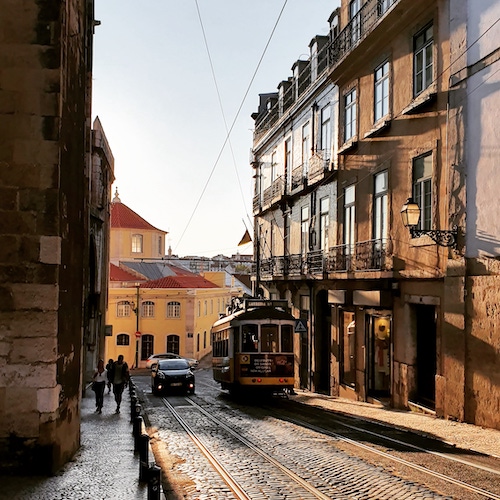
Alfama is one of the most visited districts of Lisbon and is where the city of Lisbon began life. Alfama is strategically located high up on a hill and close to the river Tagus making it an ideal location to set up camp for the early settlers. Alfama dates back to 1200 BC and survived the massive earthquake of 1755 giving us a glimpse into how Lisbon would have looked before the 1755 earthquake and tsunami that practically destroyed downtown Lisbon.
Fast forward to today and Alfama is a very popular tourist attraction, however, don’t panic, while it does get busy Alfama still retains much of its charm and is a lively neighbourhood where real Portuguese people and people from other nationalities live their daily lives.
Walk the narrow cobbled streets, marvel at the beautiful squares, and churches and observe daily life in Alfama. You will still see laundry hanging from windows and neighbours sitting outside chatting and possibly gossiping.
Alfama is also famous for the traditional fado folk music that you will hear as you walk the narrow charming streets. Fado provides the perfect soundtrack to the beauty of the historic Alfama district.
Below we have listed a few of the best things to see and do in the Alfama district of Lisbon, Portugal.
Places to see in the Belem area of Lisbon
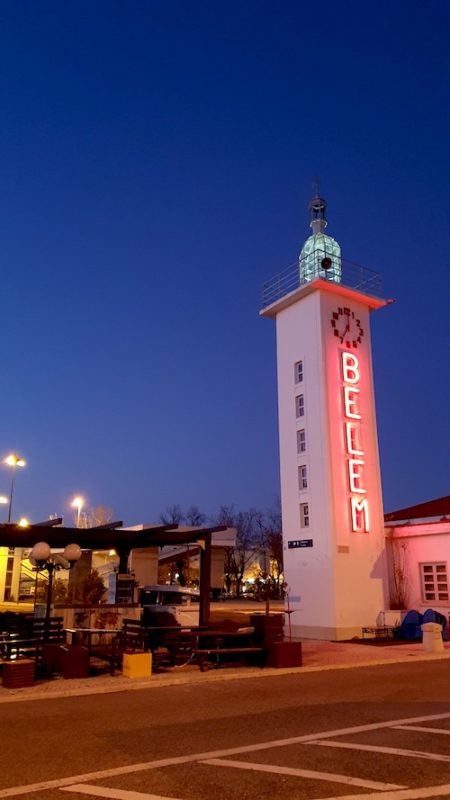
Belem lies about 8km (5 miles) to the west of Lisbon city centre and sits next to the mouth of the River Tagus that leads onto the Atlantic ocean. Belem was a launch point for the early Portuguese explorers venturing out into the world and bringing back glory and riches.
Three of the most popular places to visit in the Belem area include the Belem Tower, the Jeronimos Monastery and the famous Pasteis de Belem store that dates back to 1837.
It’s really easy to get to Belem from the centre of Lisbon. You can take the E15 tram from Cais do Sodre or the Cascais train that runs regularly between Cais do Sodre and Cascais. It is also possible to walk along the river if you enjoy a nice long walk as it’s flat all the way and lastly there are usually plenty of bikes or electric scooters available for rental from Bolt and other providers.
Below we have listed a few of the top things to see and do in the Belem area of Lisbon
Things to do and places to see in the Alcântara district of Lisbon

We have put together a list of the most popular and probably the best things to see and do in and around the Alcântara district of Lisbon. Alcântara is about 4km (2.5 miles) from downtown Lisbon.
One of the most visited places in the Alcântara district of Lisbon is the LX Factory and also one of the most famous Lisbon landmarks is the April 25th bridge known in Portuguese as Ponte 25 de Abril is in Alcântara.
On the riverside right next to the April 25 Bridge you will find the Doca de Alcântara marina where there are a number of restaurants and bars from which you can enjoy the beautiful views of the April 25 Bridge, the small boats and the Tagus River. You can also take sailing excursions from Doca de Alcântara too. Quite surprisingly, Doca de Alcântara has a local feel and doesn’t ever feel overrun by tourists.
Below we have listed a few of the best things to see and do in the Alcântara district of Lisbon
Things to do and places to see in the Chiado and Baixa districts of downtown Lisbon
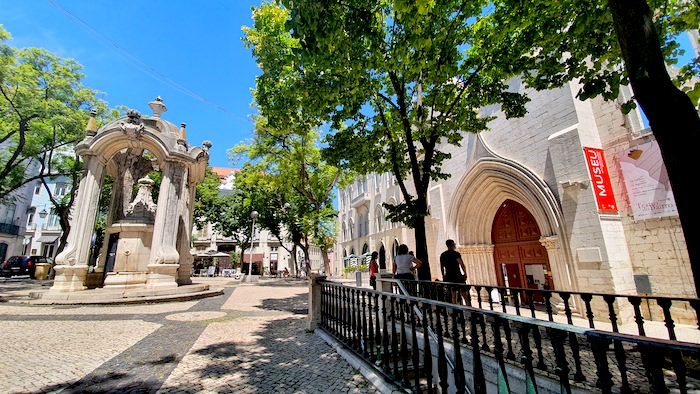
The downtown districts of Chiado and Baixa are very popular for tourists and digital nomads alike. Chiado and Baixa are packed full of restaurants, bars, shops, museums, galleries and more.
You can reach the Chiado and Baixa areas easily with the Metro system and can get off at either Rossio station or Chiado/Baixa.
Chiado is a more trendy neighbourhood and reminds me a little of the Covent Garden area of London. In Chiado, you will find many boutiques and big-name fashion stores like H&M, Mango, Zara, Boss, Pepe Jeans and also find stores like Fnac, Ritual, Bodyshop, mobile phone shops and also an Apple reseller. Fnac also sells Apple products and can be found in the Armazens do Chiado shopping mall. When in Chiado don’t miss Livraria Bertrand, the worlds oldest operating bookstore.
In contrast, Baixa, which means low in Portuguese and refers to the flat, low part of downtown Lisbon that is surrounded by hills still retains many traditional local shops and a slightly more local vibe. There is a mixture of shops, churches, restaurants, bars and hotels in the Baixa area. Baixa is very close to the historic Alfama area.
Both Chiado and nearby Baixa are popular with tourists and can get pretty busy during peak tourist seasons.
If you walk just a few minutes down from Baixa and Chiado you will arrive at the Tagus River where you can enjoy a lovely riverside stroll and stop for a drink or a meal at a riverside bar.
Below we have curated a list of some of the best things to see and do in the Chiado and Baixa areas of downtown Lisbon.
No trip to Lisbon would be complete without a visit to the beaches of Lisbon
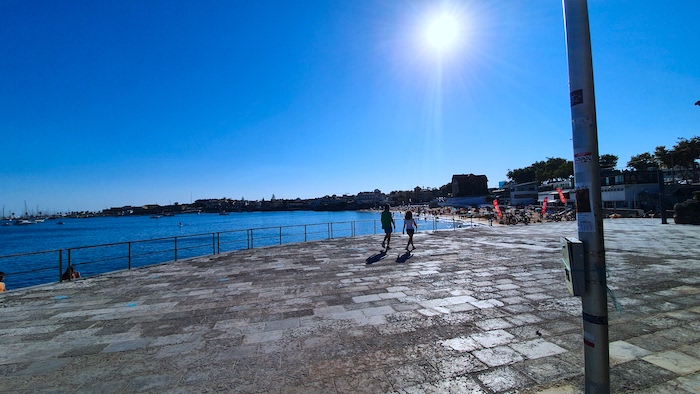
One of the many beauties of Lisbon is its proximity to beaches and there are quite a few to choose from.
Some of the beaches like Praia de Carcavelos, Praia do Tamariz in Estoril and Cascais for example are very easily accessed from downtown by a regular train service from the Cais do Sodre train station and trains running every 20 minutes at peak times.
If you are a wine or history enthusiast you might be interested to know that Carcavelos was a wine producer in the 19th century and the Marques de Pombal owned vineyards in the area, these days Carcavelos still produces a highly respected fortified wine, however, real estate took over from wine and Carcavelos is nowadays more about beaches and surfing than wine production.
A one-way ticket costs around €3 and can be bought at the train station, either from the ticket desk or automatic ticket machine. The best way is to buy a Viva Viagem contactless card where you can add credit and use the card on the trains, trams, ferries and metro system.
If you cross the Tagus River you get access to Costa da Caparica which is also a popular destination for surfers. Costa da Caparica is a little more difficult to get to via public transport and most people opt for an Uber or Bolt which is not too bad if several people are sharing the ride. Once at Costa da Caparica if you venture a little bit away from the centre of Costa da Caparica you come to some really beautiful beaches that are away from concrete buildings! One of these beaches and a favourite of mine is Fonte da Telha beach.
The popular town of Sintra, about 45 minutes away from Lisbon city centre also has some beautiful beaches, however, they are not close to the town of Sintra itself so you would need either a taxi or car to more easily get there.
If you feel like going on a bit of an adventure with the beach as your destination you would try the beaches of Setubal also on the other side of the Tagus River.
We have listed a few of the Lisbon beaches mentioned above and will be adding more so do check back regularly for more Lisbon beach inspiration!
Gardens and parks to relax in and around Lisbon city centre
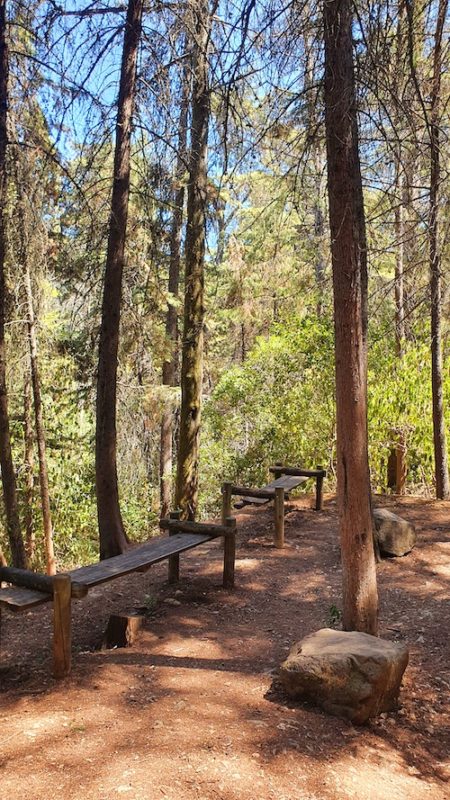
Lisbon really has it all! Whether that be beaches, rooftop bars, restaurants or clubs there’s something for everyone. If you are looking for a bit of downtime why not visit one of the many parks in the city and sit under the shade of a tree or walk barefoot on the grass? If you are looking for something more, there’s always Monsanto Park, literally an entire forest that you can actually walk to from the city centre. Below we are a few gardens and parks in Lisbon we can recommend.

